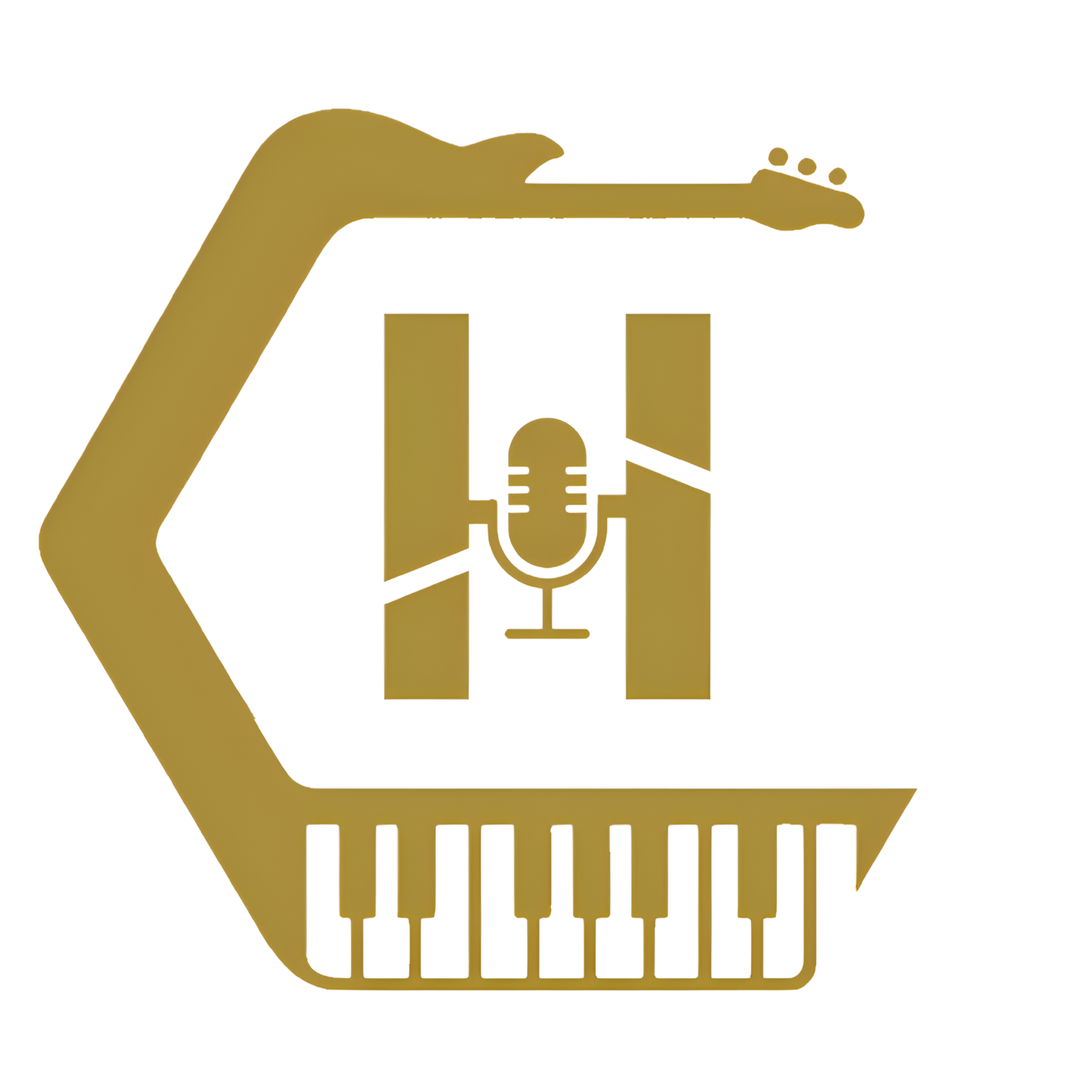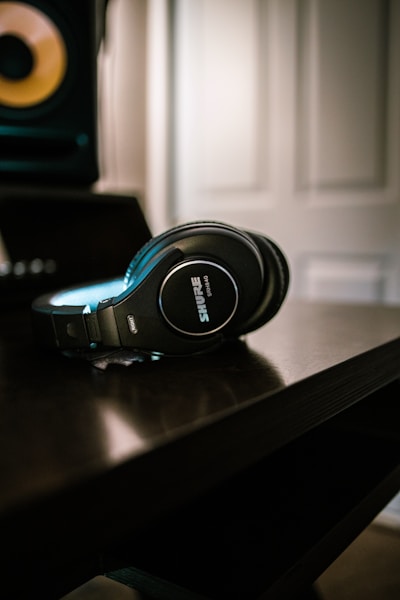Introduction
In the fourth edition of Music Without Borders we're going to discuss the music industry. Because in today’s music industry, it’s no longer enough to just sound good—you have to look good, too. But when did the visuals take center stage, pushing the music to the background? Platforms like Instagram and TikTok have reshaped the way artists connect with their fans, forcing them to focus as much on aesthetics as they do on their sound. While some artists have thrived in this new visual-first world, others struggle to keep up. So, has Instagram killed the music, or is there a balance to be found?
The Rise of Visual Culture in Music
Visuals have always been important in music, but the way they are used has changed dramatically over the past few decades. It started with the MTV revolution, where music videos became an essential part of an artist’s success. Fast-forward to today, and visuals are no longer confined to music videos. They dominate every platform, from Instagram to TikTok, where short, eye-catching clips are now crucial for grabbing and holding fans’ attention.
On social media, visuals aren’t just a promotional tool—they’ve become a core part of the music itself. Instagram and TikTok are not designed for long-form content; they reward quick, visually appealing snippets. Artists must now think beyond the sound and focus on creating "Instagrammable" moments that can go viral in a matter of seconds.
The Pressure on Independent Artists
While this visual shift has opened new doors for artists to engage with fans, it has also created a significant burden, especially for independent musicians. Without the backing of a major label to fund professional photoshoots, music videos, and social media content, independent artists face the uphill challenge of managing their visuals on their own.
Not only are they responsible for writing, recording, and producing their music, but now they must also curate an image that will attract fans on visual platforms. This extra layer of work detracts from the time and focus they could be spending on their actual craft. In a sense, musicians are being forced to become visual artists, even if that’s not their strength or interest.
The Impact of Short Attention Spans
Adding to the pressure is the fact that social media platforms like Instagram and TikTok have shortened attention spans. Studies have shown that the average person’s attention span has decreased over time, and this is reflected in how music is consumed. Listeners now prefer shorter, catchier songs and tend to skip over longer tracks or full albums.
Algorithms favor content that hooks viewers in the first few seconds, which means artists are incentivized to create songs that grab attention quickly. Long, slow-building tracks are becoming less common, replaced by singles designed to go viral on TikTok or Instagram Reels.
This shift has fundamentally changed the way music is made and consumed. Instead of releasing full-length albums, artists are focusing on releasing quick-hit singles that can thrive in the fast-paced, visually-driven world of social media.
Success Stories and Cautionary Tales
Despite these challenges, some artists have managed to find a balance between sound and visuals. Norman Sann, an underground artist making waves with his genre-bending music, is one example of someone who has used visuals to complement—not overshadow—his music. His 2024 album Problematic is a perfect example of how minimalistic, story-driven visuals can enhance a project without taking away from the sound.
Sann has mastered the art of visual storytelling in a way that feels organic and true to his identity. Instead of creating flashy, high-budget content, he uses visuals as an extension of his music, offering deeper insight into the emotions and themes behind his tracks. This balance allows him to stay authentic to his craft while still engaging with fans on visually-driven platforms.
But not every artist has managed to maintain that balance. Take Uezurii, for example. At his peak, Uezurii had over 100,000 followers on Instagram and tens of thousands of monthly listeners on Spotify. His music, a mix of Deep House, HipHop/Rap, and more, paired perfectly with his visually captivating content, propelling him to significant online success.
However, after a few months of inactivity, where he didn’t post any new content, his engagement and online presence plummeted. His story is a cautionary tale for independent artists who rely heavily on social media for visibility. In today’s visual-first world, even a short period of silence can cause an artist to lose momentum and fall out of favor with algorithms and fans alike. Uezurii’s experience highlights just how unforgiving the digital landscape can be if an artist doesn’t maintain a constant visual presence.
The Downside of Visual Obsession
While visuals can certainly help an artist gain exposure, there’s a downside to this obsession with aesthetics. Many artists feel pressured to focus more on their image than their music, which can stifle creativity and lead to superficial content.
This focus on visuals has created a culture where musicians are expected to be content creators first and artists second. Instead of spending time honing their craft, they’re scrambling to create visually appealing posts for Instagram, hoping to catch the eye of an audience with a short attention span. As a result, the music itself often takes a backseat, and the artistry can suffer.
Is There a Balance?
Despite the challenges, it’s possible for artists to strike a balance between visuals and sound. The key is to ensure that visuals serve the music, not the other way around. Artists like Norman Sann show that it’s possible to create compelling visual content without sacrificing musical integrity. By focusing on storytelling and creating visuals that complement the themes in their music, artists can engage fans without losing their artistic vision.
For independent artists, collaboration can also be a solution. Partnering with visual artists or videographers can allow musicians to focus on their craft while still delivering the visual content fans expect.
The future of music doesn’t have to be dominated by visuals—but to succeed in today’s landscape, artists must learn how to navigate the visual culture without letting it define their music.
So, what do you think? Has Instagram killed the music, or can visuals and sound coexist in harmony? Share your thoughts in the comments, and let’s start a conversation about the future of music in the digital age!



